The Downsides of Stimulus Checks That Nobody Talks About
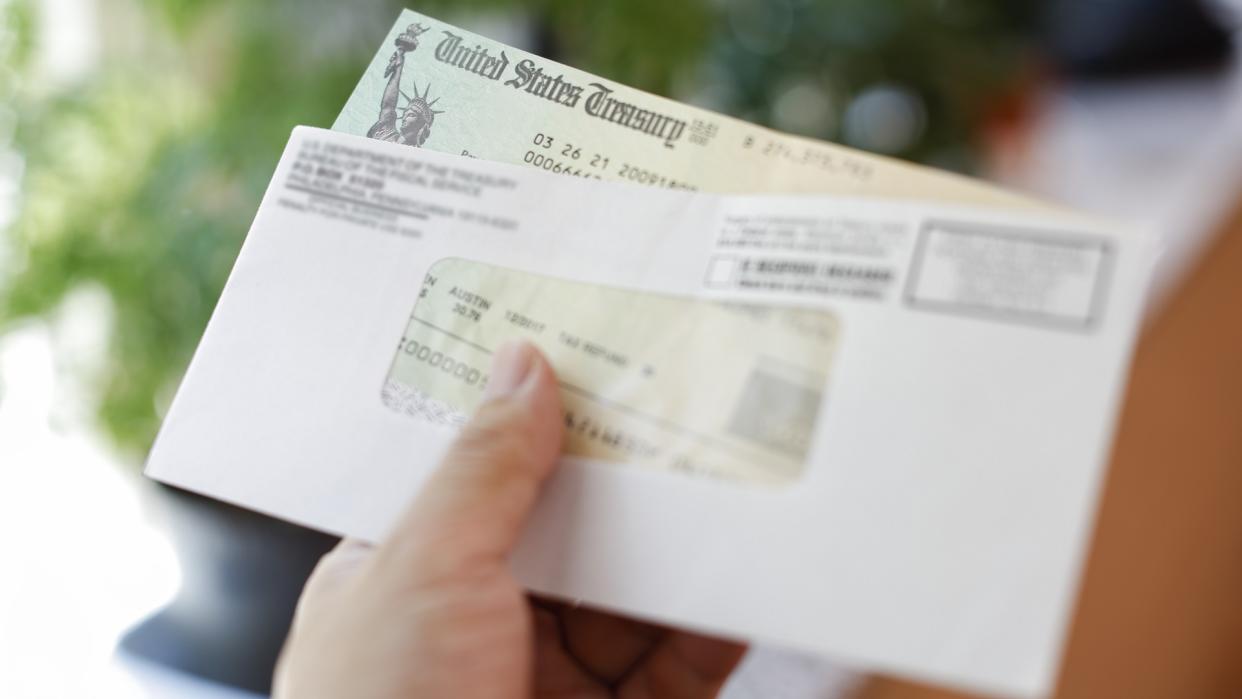
As the country shut down at the beginning of the pandemic, lawmakers scrambled to provide Americans with much-needed relief and to stave off a recession.
See: 7 States Considering More Stimulus Checks in 2023
Stimulus Update: New Proposal Could Give Americans Monthly $1,200 Checks
According to Pandemic Oversight, more than 476 million payments went out in three separate rounds in 2020 and 2021, adding up to $814 billion in financial aid. Policymakers, advocates and economists all agreed that immediate relief was necessary, but there's a catch.
While providing many benefits to American households in the wake of a national emergency, in hindsight there are clear setbacks to sending out billions of dollars in stimulus payments, as well.

Tax Refund Shock When There Are No More Checks
Many of the tax breaks Americans received have now reverted back to how they were before the pandemic.
"The Child Tax Credit went down. The Dependent Care Credit went down, earned income for singles went down. You no longer can take a charitable donation if you don't itemize what's gone. There's no stimulus to add on for a new dependent. So all in all, refunds are going to be a little smaller this year," Mark Steber, the Chief Tax Information Officer for Jackson Hewitt tax services, explained to ABC Action News.
Take Our Poll: What Do You Plan To Use Your Tax Refund For?

They Become Expected During Economic Hardships
Stimulus checks were a big hit with the public, but they shouldn't be expected during every economic hardship. Stimulus checks were sent out to avoid an unnecessary recession and to pump more money into the economy.
The Federal Reserve has been raising its benchmark interest rate since early 2022, resulting in a slowdown in consumer spending. However, The Motley Fool pointed out that if there's a big pullback in spending, it could be enough to cause a recession. But for stimulus checks to go out again, The Fool estimated we would have to be in a dire economic situation.
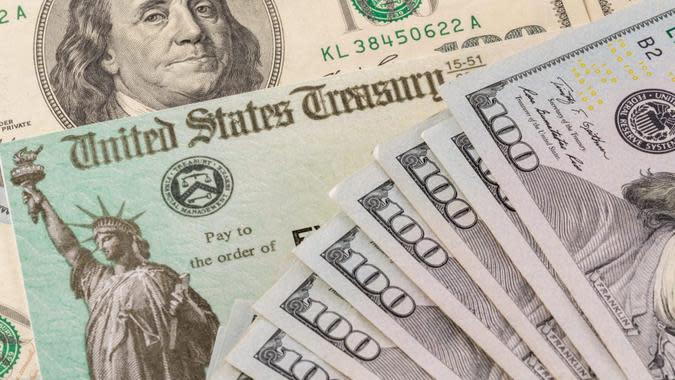
Stimulus Aid Can Help Fuel Inflation
The pandemic wasn't the first time the government used stimulus aid to help the public. Back in 2008 during the Great Recession, lawmakers used stimulus money to prop up the economy, according to The Motley Fool. If it didn't lead to inflation then, why is it happening now?
It may be because too much money was sent out during the pandemic. Plus, a lot of people who received aid weren't unemployed or even financially impacted by what was happening around the globe. The Motley Fool said that this gave people more flexibility in their spending, which was a major driver in inflation.
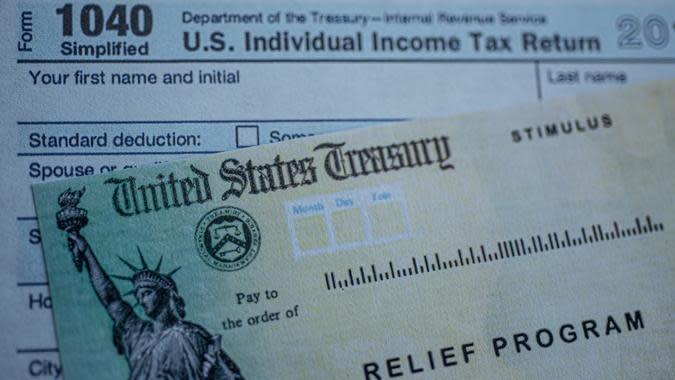
It Can Cause Surprises During Tax Season
CBS MoneyWatch reported that millions of people due for tax refunds this year are getting less money back, and the number of people who owe the IRS is increasing. The typical refund for the 2022 tax year is $2,878 through April 7 -- 9.3% lower than the year before, according to IRS tax data. This is because pandemic-era aid, like stimulus checks, is no longer providing Americans with tax benefits.
"A lot of people used last year as a roadmap for what they should expect," Steber told CBS MoneyWatch. "Any deviation from that is sure to disappoint."
Related: Nearly Half of Americans Expect to Get $1000 or Less In Their Tax Refunds This Year

It Doesn't Make Financial Hardship Go Away
An analysis of Census Bureau surveys showed that stimulus aid significantly improved Americans' financial situation and reduced anxiety and depression, as reported by The New York Times. But some analysts said that hardships would have fallen anyway due to job growth and safety net programs.
However, research shows that the extra money also had no long-lasting effect on spending or savings, Bloomberg reported. A team of researchers led by Ania Jaroszewicz at Harvard University's Institute for Quantitative Social Sciences found that the stimulus aid only improved the financial situation of Americans living in poverty for a few weeks immediately following the payment before expenditures and bank balances returned to normal.
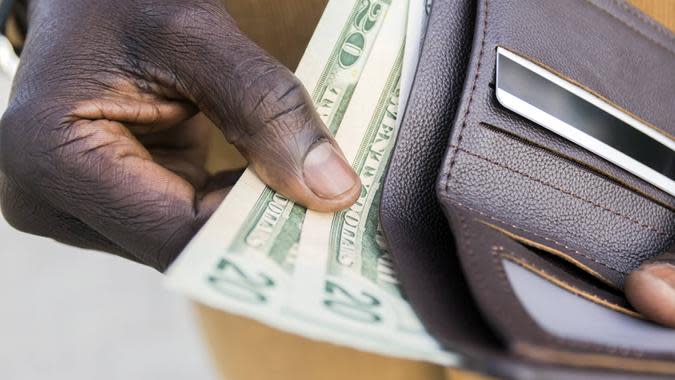
It's Not a Solution
The Foundation for Economic Education (FEE) pointed out that government stimulus is not a solution because it does not and cannot expand the U.S. economy. If spending is all it took to grow the economy, then governments would have used this to their advantage all throughout history.
More spending can lead to inflation. When you increase the amount of dollars going into the economy, the price of the dollar (or purchasing power) can fall. As the value of the dollar falls, FEE noted that the price of assets will rise along with the inflation rate.
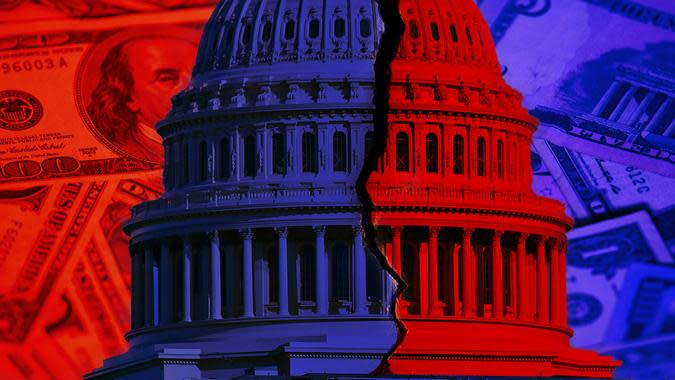
The Stimulus Was Politicized
There's no question that stimulus checks, especially the third round, became a hot political debate. FiveThirtyEight said that the checks that went out in Dec. 2020 and March 2021 may have been too big. This extra $2,000 wasn't backed by evidence, but rather shaped by politics.
Left-leaning policymakers underestimated the threat of inflation and were more worried about not giving Americans enough money. FiveThirtyEight also argued that the approach to the pandemic was an effort to not repeat the 2009 recovery. Many economists now believe that Congress didn't pump enough money back into the economy after the 2008 crash, which resulted in a long recovery.
This article originally appeared on GOBankingRates.com: The Downsides of Stimulus Checks That Nobody Talks About
